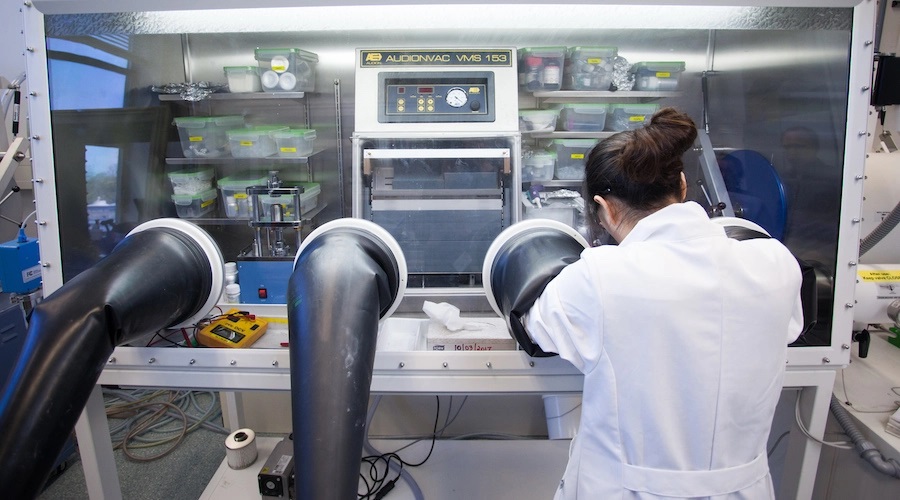A group of researchers from the Chinese Academy of Sciences and the Delft University of Technology have published an article in the journal Science in which they present evidence of having succeeded in developing a method for predicting the atomic structure of sodium-ion batteries. Something that until now had not been achieved.
These batteries have an energy density between 20 and 30% lower than lithium-ion batteries; in return, they are much cheaper. Therefore, in their article, the scientists involved in the study affirm that in applications where weight is not relevant (stationary storage, for example), it will be a very competitive technology.
“Depending on the combination of elements, there will be subtle differences in the cathode’s atomic structure, which has a great impact on the performance of the battery. With just a handful of elements, there are so many structural possibilities that even the most powerful computers cannot predict how different combinations will turn out. As a result, development is slower,” says study co-author Marnix Wagemaker.
“At first, it seemed that the size of the ions determined the atomic structure. But it soon became apparent that that’s not the only factor. The distribution of the electric charge of the ions plays a fundamental role”. This finding was vital since the relationship between an ion’s size and its charge (ionic potential) has a predictive value.
Based on this, the researchers developed a simple formula to predict the structure according to the proportion of raw materials used in the cathode. Thus, you can select the “combinations” that provide the best performance. Thanks to this formula, the researchers have designed new materials to create a cathode with the highest possible energy density and another capable of charging at high speed.
In both cases, we succeeded. In terms of energy density, we were just at the upper limit of the maximum possible. I like that simple formula, based on an old geology idea, makes it possible to make atomic-scale predictions with such precision. The next step? Study other types of structures both in electrodes and electrolytes.

